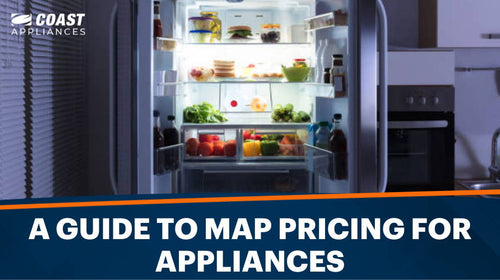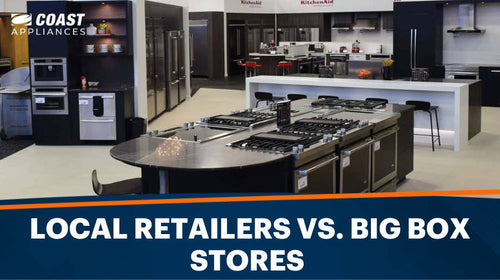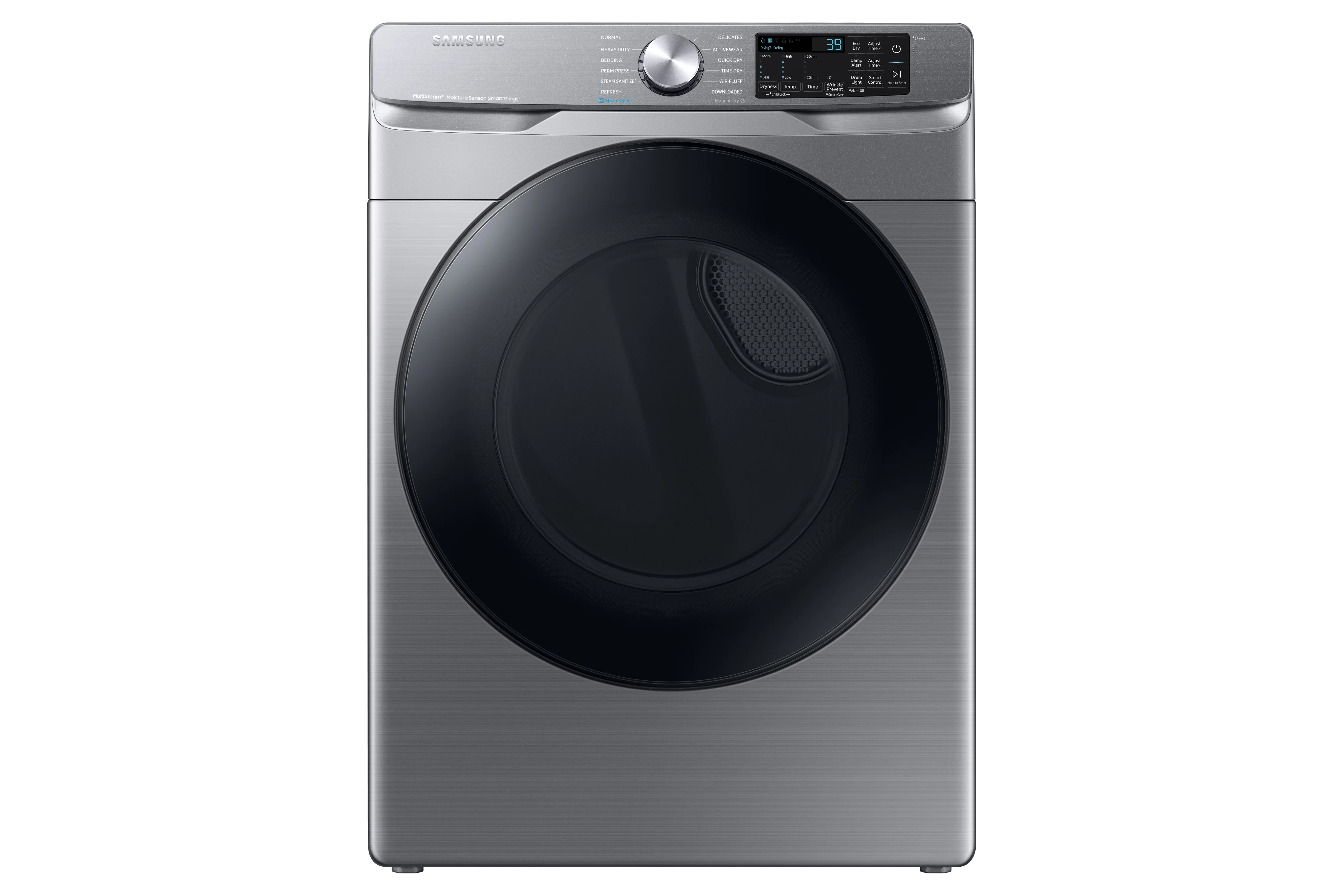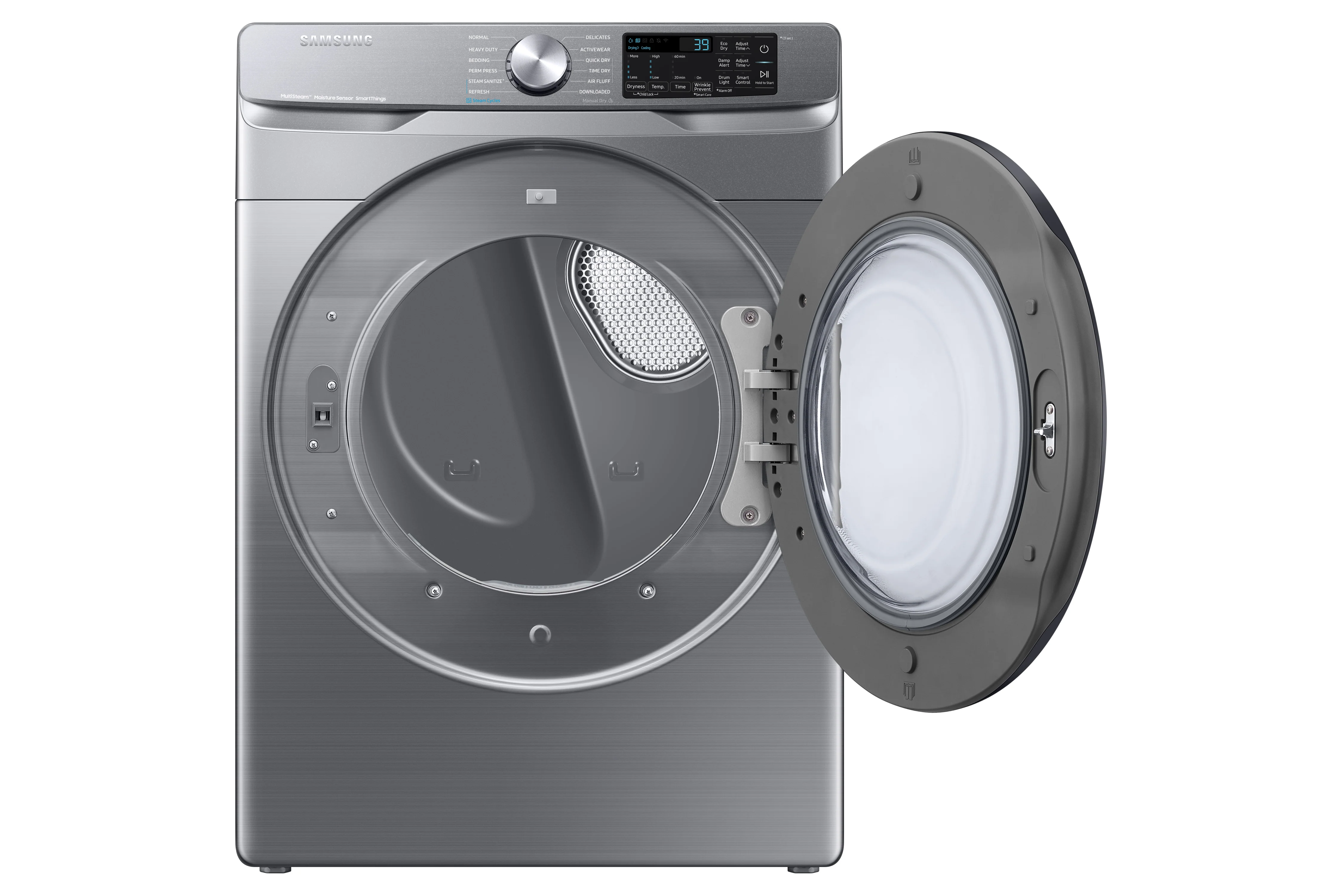Baking and roasting are two popular cooking methods for making gourmet meals at home. While both seem similar, there is a world of difference between them. Understanding these differences is important to ensure that you use the right method for your recipe and achieve the best results. Both use dry heat, but baking is commonly used for preparing cakes, bread, etc., and roasting is suitable for larger cuts of meat, poultry, and vegetables. If you are confused about whether to bake or roast a turkey on Thanksgiving or a chicken tortilla dinner casserole, this article will help you improve your culinary skills.
This article will cover:
-
Baking vs. roasting
-
What is baking?
-
What is roasting?
-
Baking vs. roasting: comparison table
-
Baking vs. roasting: temperature and cooking time
-
Pros and cons of baking
-
Pros and cons of roasting
-
Baking vs. roasting: best dishes
-
Baking vs. roasting: best kitchen appliance
-
FAQs about baking vs. roasting
Baking vs. Roasting
Roast vs. baking can be confusing for any beginner. However, there are multiple ways to identify the differences between these two cooking methods. The main difference is the type of food being cooked. Other differences can be found in cooking temperature, time, results, and cooking methods. This article will delve deeper into each method to end any confusion about choosing the right way to cook certain recipes.
What Is Baking?
Baking is a cooking method that uses dry heat to cook food in an oven or hot surface. The heat source can come from the bottom of the oven, the top of the oven, or both, depending on the type of food being baked. However, baking cannot be done on a direct heat source like over a flame or shouldering fire. The temperature of the oven is around 350 degrees F or below during baking.
During baking, heat is transferred through the oven's air to the food, causing it to cook evenly. This cooking method is commonly used for bread, cakes, pastries, and other baked goods that usually lack a solid structure when cooked. Baking also allows the freedom to achieve a variety of textures and flavors in the food through the use of different ingredients, techniques, and temperatures.
What Is Roasting?
Like baking, roasting is also done using dry heat, but here, the food is either cooked in an oven or over an open flame. This method is typically used for larger cuts of meat, poultry, fish, and vegetables. During the roasting process, heat is applied directly to the food, which causes the exterior to caramelize and develop a crispy texture while the interior remains moist and tender.
During the roasting process, the food is cooked at a high temperature, usually around 450 degrees or more for a relatively short period. This gives a classic crispy exterior and a juicy, tender interior. Roasting can be done in a roasting pan, on a spit, or directly on a rack, and often involves seasoning or marinating the food beforehand to enhance its flavor.
Baking vs. Roasting: Comparison Table
While roasting and baking are both done with a convection setting using dry heat, they have distinct differences that can affect the outcome of your recipe. Understanding the differences between these two cooking methods is important to ensure that you use the right method for your recipe and achieve the best results. To help you decide which cooking method is best for your specific recipe, we have provided a comparison table below that outlines some general guidelines for each cooking method. Refer to this table to pull off your next recipe with perfection.
|
Definition |
A cooking method that uses dry heat in an oven or on a hot surface to cook foods that need a moist interior and dry exterior. |
A dry heat cooking method that uses high temperatures to cook solid foods for a crispy brown exterior and a juicy interior. |
|
Best Dishes |
Cakes, bread, brownies, custards, etc. |
Large cuts of meat, whole chicken or turkey, fish, poultry, vegetables, etc. |
|
Temperature |
300 to 350 degrees F |
425 to 450 degrees F |
|
Cooking Time |
30 minutes to an hour, depending on the size of the dish. |
30 minutes to 2 hours, depending on the size of the meat and desired doneness. |
|
Cooking Method |
Dry indirect heat |
Dry direct or indirect heat |
|
Advantages |
Healthier option as it requires less oil. Doesn’t dry out food and ensures even browning. |
Offers a unique flavor due to the caramelization. High heat creates a crispy exterior and juicy interior. |
|
Disadvantages |
Flavor and texture of the food are not consistent. Needs frequent monitoring. |
High temperatures can dry out food. Less healthy due to added fat like oil and butter used to prevent drying. Can be a prolonged process for larger cuts of meat. |
|
Best Appliance |
A traditional or convection oven |
A convection oven, roasting pan, or broiler. |
Baking vs. Roasting: Temperature and Cooking Time
1. Baking generally requires lower temperatures than roasting, which can result in a gentler cooking process that helps retain moisture and nutrients.
2. Baking typically requires less cooking time than roasting, making it a quicker option for many recipes, especially baked goods like cakes and cookies.
3. Roasting requires higher temperatures than baking, which can help to create a crispy exterior on the food while cooking it evenly on the inside.
4. Roasting typically requires longer cooking times than baking, which can be beneficial for larger cuts of meat or root vegetables, allowing them to cook through completely while developing a rich flavor profile.
Pros and Cons of Baking
Baking is a versatile and popular cooking method that can produce a wide variety of delicious and nutritious dishes. From fresh-baked bread and pastries to healthy vegetable casseroles and protein-rich egg dishes, baking can be a great way to prepare meals and snacks that are both satisfying and wholesome.
Here is a list of all the pros of baking:
-
Baking can be a healthier cooking method as it often requires little to no added fats or oils, resulting in lower calorie and fat content in the finished dish.
-
It preserves the nutrients and natural flavors of the ingredients, as it does not require excessive stirring.
-
Baked goods can be stored and enjoyed over several days.
-
Baking can be a versatile cooking method, allowing you to create a variety of dishes, from cakes and cookies to casseroles.
-
A relatively easy and forgiving cooking method suitable for beginners and seasoned chefs alike.
-
Baking can create a warm and inviting atmosphere in your home, filling it with a comforting aroma.
While baking can be a wonderful cooking method with many benefits, there are also some potential downsides to consider. Besides being time-consuming, it also offers inconsistent results when it comes to flavor and texture.
Here is a list of all the cons of baking:
-
Baking can be a less efficient way to cook, as it often requires preheating the oven and longer cooking times, which leads to more energy consumption. Some baked goods can be high in sugar, calories, and unhealthy fats, which can be detrimental to your health if consumed in excess.
-
Baking may require more advanced planning.
-
Overbaking can lead to dry, tough, or burnt food.
-
Baking can create a mess in your kitchen.
-
Baking requires specialized equipment, which can take up space and add to the cost.
-
Baking can produce uneven results if the oven is not calibrated correctly.
Pros and Cons of Roasting
Roasting is a great way to prepare flavorful, juicy dishes, as it helps seal in the natural juices. Additionally, roasting is a versatile cooking method, allowing you to create a wide variety of dishes, from meats to vegetables and even eggs.
Here is a list of all the pros of roasting:
-
Roasting can help enhance the natural flavor and texture of the food you’re cooking, creating delicious results.
-
Roasting is a versatile cooking method used to prepare a wide range of dishes, from savory roasts and vegetables to sweet roasted fruits and nuts.
-
Roasting is a relatively easy cooking method allowing you to multitask while the food cooks.
-
Roasting is a great way to meal prep, as many roasted dishes can be stored and reheated for later consumption.
-
Roasting is a great way to impress guests with crispy, caramelized, or perfectly browned food.
We agree roasting is a fantastic cooking method with many benefits, but it’s not without its cons. One of the main disadvantages of roasting is that it can take a while, making it an expensive cooking method for certain types of foods. There are other downsides, too, that you should know before deciding to go for this cooking method.
Here is a list of cons of roasting:
-
Roasting can be a long process and requires prior planning.
-
Some cuts of meat or large vegetables can be expensive and may require a higher level of skill to cook properly.
-
Roasting can create a mess in the kitchen with grease and drippings.
-
Roasting can produce smoke, which can be unpleasant or overpowering for some people.
-
Overcooking can easily happen due to the high temperatures required.
-
Roasting requires specific equipment, which can be an additional expense.
-
Roasting can be energy-intensive, requiring high temperatures and long cooking times.
Baking vs. Roasting: Best Dishes
Both baking and roasting can be used to prepare a variety of delectable dishes at home, but there are some general differences in what is typically cooked using each method. Baking is often used for sweet dishes, such as cakes, cookies, and pastries, as well as bread and some savory dishes, like casseroles and baked potatoes. Roasting is commonly used for larger cuts of meat, such as beef, pork, or poultry, as well as vegetables like potatoes, carrots, and squash. Roasting can also be used for fruits like apples and pears or nuts like almonds and pecans. Both methods are suitable for occasions like barbecues, house parties, or holiday gatherings, depending on the dish being prepared and the preference of the host or guests.
List of popular baked dishes:
-
cake
-
cookies
-
brownies
-
bread
-
pizza
-
quiche
-
lasagna
-
macaroni and cheese
-
potatoes au gratin
-
sweet or savory pies (e.g., apple pie, chicken pot pie)
-
meals in casseroles
-
roasted vegetables (e.g., Brussels sprouts, cauliflower, broccoli)
-
baked fish like salmon
-
soufflés (e.g., cheese soufflé, chocolate soufflé)
List of popular roasted dishes:
-
whole roast chicken or turkey
-
beef, pork, or lamb
-
vegetables (e.g., potatoes, carrots, squash, onions, garlic)
-
root vegetables (e.g., beets, turnips, parsnips)
-
fruits (e.g., apples, pears, peaches)
-
nuts (e.g., almonds, pecans)
-
chickpeas or other legumes
Baking vs. Roasting: Best Kitchen Appliance
Many kitchen appliances can perform both baking and roasting functions, making them versatile additions to your kitchen. The most common among them are regular ovens and convection ovens. Ovens use heat to cook food from all sides, while convection ovens use a fan to circulate hot air around the food, resulting in faster and more even cooking. Both types of ovens typically have multiple cooking modes, such as bake, roast, and broil, allowing for precise control over temperature and cooking time.
Another popular appliance for baking and roasting is the toaster oven or countertop oven, which is a smaller version of a traditional oven. Toaster ovens are great for cooking smaller portions or for those who don't have access to a full-sized oven.
When it comes to choosing an appliance for baking and roasting, it's important to consider the size of the appliance, the type of cooking you plan to do, and your budget. For those who plan to do a lot of cooking or have a larger family, a full-sized oven or convection oven may be the best option. For those who live in smaller spaces or cook for just one or two people, a countertop oven may be a more practical choice.
FAQs about Baking vs. Roasting
Is roasting and baking the same thing?
No, roasting and baking are not the same thing. Roasting involves cooking food at a higher temperature for a shorter amount of time, while baking involves cooking food at a lower temperature for a longer amount of time.
What does it mean to roast something in the oven?
To roast something in the oven means to cook it at a high temperature, typically between 400 to 450 degrees F, for a relatively short time. Roasting is typically used for meat, vegetables, and fruits and is a dry cooking method that can result in a crispy exterior and juicy interior.
Which is healthier: baking or roasting?
Both baking and roasting can be healthy cooking methods depending on the type of dishes prepared. Baking usually requires less added fat but is usually calorie-dense food. While roasting might need oil to prevent the drying out of food, the result can be nutrition rich.
Does roasting take longer than baking?
Usually, baking involves low and slow cooking, which can take 30 minutes to an hour. Sometimes roasting can also be time-consuming, depending on the type of food. For instance, a large steak can take up to 2 hours to reach perfect doneness while roasting.
Final thoughts
We hope this article has helped you spot the differences and benefits of roasting vs. baking. By understanding the pros and cons of each method, you can now choose the best technique for your desired dish. Make sure to also consider the best appliance for your cooking needs. Coast Appliances has a wide collection of regular and convection ovens that fits all budgets. You can visit the website to check out the models from top brands and narrow down your choice to take your culinary creativity to a whole new level.















